
Category:
Time:
Worldwide, it is estimated that about one-third of all food produced — worth around $1 trillion — gets lost or wasted in production and consumption systems, according to the Food and Agriculture Organisation.
In industrialized regions, almost half of the total food squandered, around 300 million tons annually, occurs because producers, retailers and consumers discard food that is still fit for consumption – enough to feed 870 million people.
20% of dairy is wasted globally, with around 13% of dairy product wasted in Europe. This is the equivalent of 1 in 4 cars on our roads.
We must look at food differently – we must derive value from by-products and waste streams that may currently be going to landfill or incineration, in waste water streams, or in low-value applications.
The industry has already developed several very successful markets for certain co-products, for example whey and lactose, but there are still significant resource losses across the production processes where there is potential for valorization; there are losses in delivery and retail networks, and a huge loss with the end consumer.
Various options for the valorization already exist and have been implemented: for whey there is already a ‘cascade’ of products and subsequent by-products from each further additional processing step.
But many questions are raised on this journey, and what further insight do we need? Which by-products are most significant, and which technologies will move dairy waste up the hierarchy?
What new methods are needed to divert food losses back to useable food? And do we need to review our legislative and regulatory frameworks to stop us wasting perfectly good food and valuable resources.
Finally, how do we change the consumer mindset to recognize food as valuable? In short, it is time to see things differently.
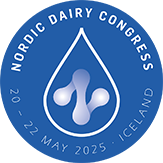






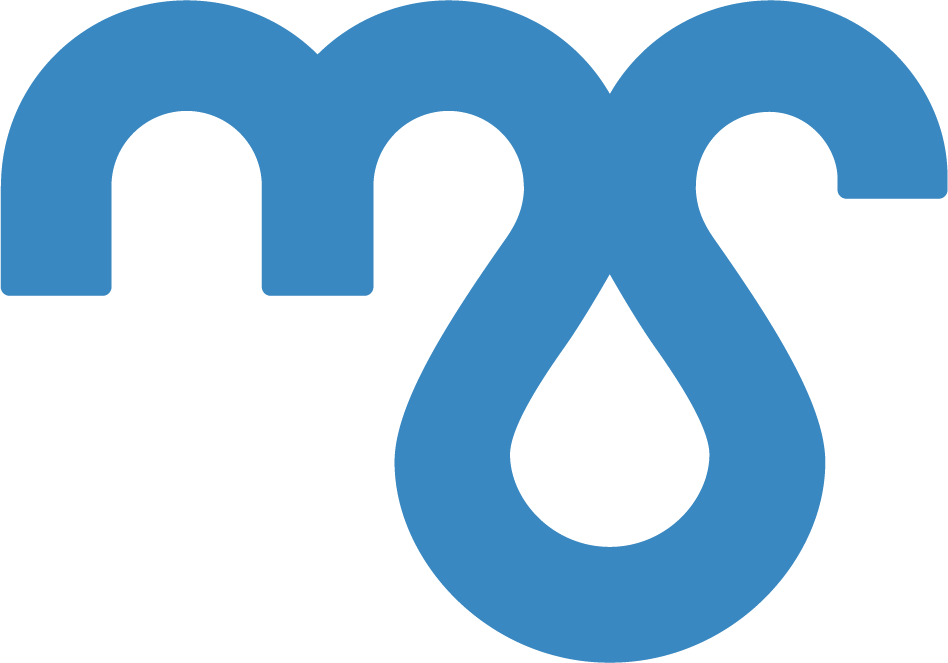






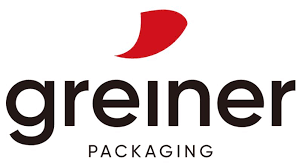



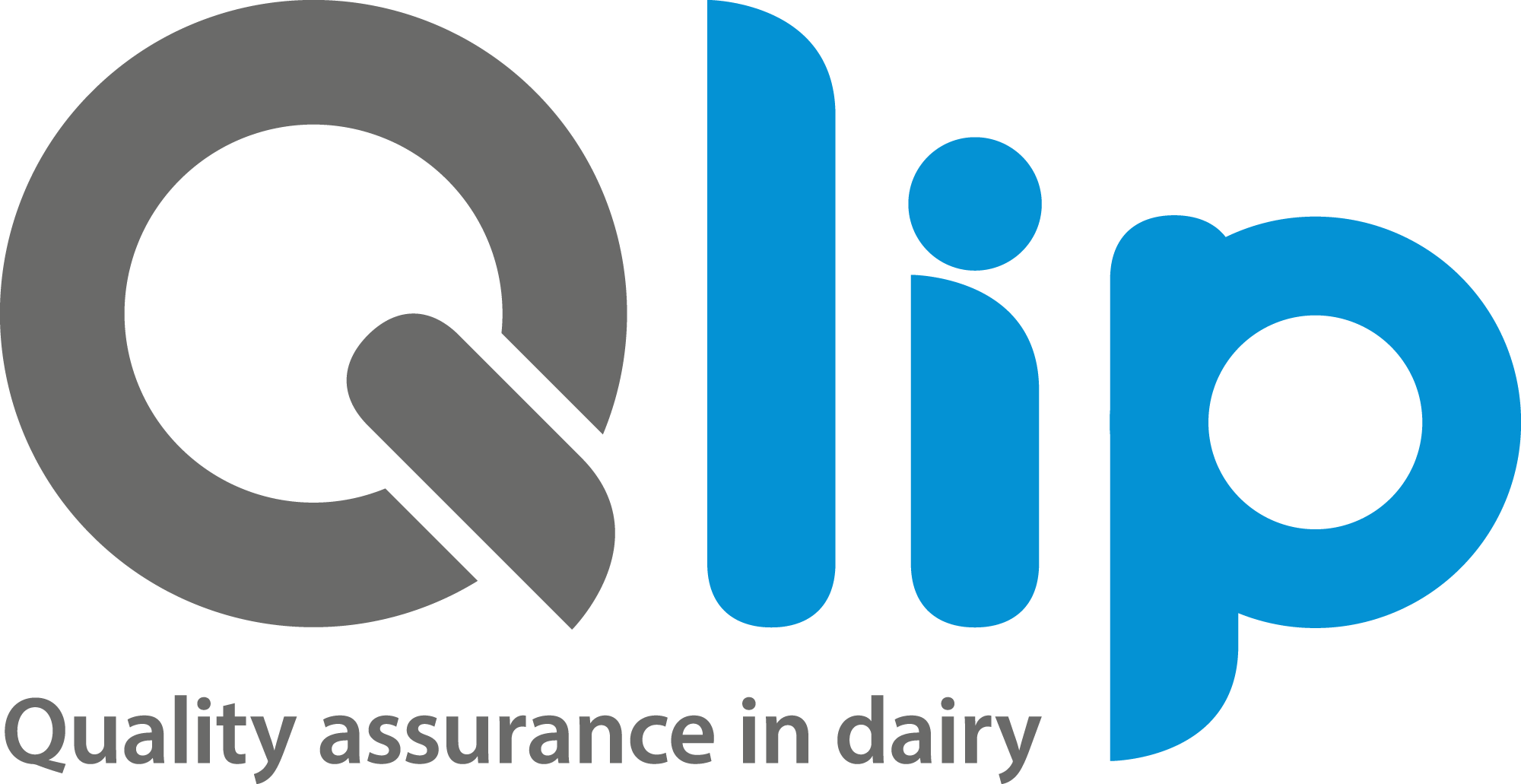
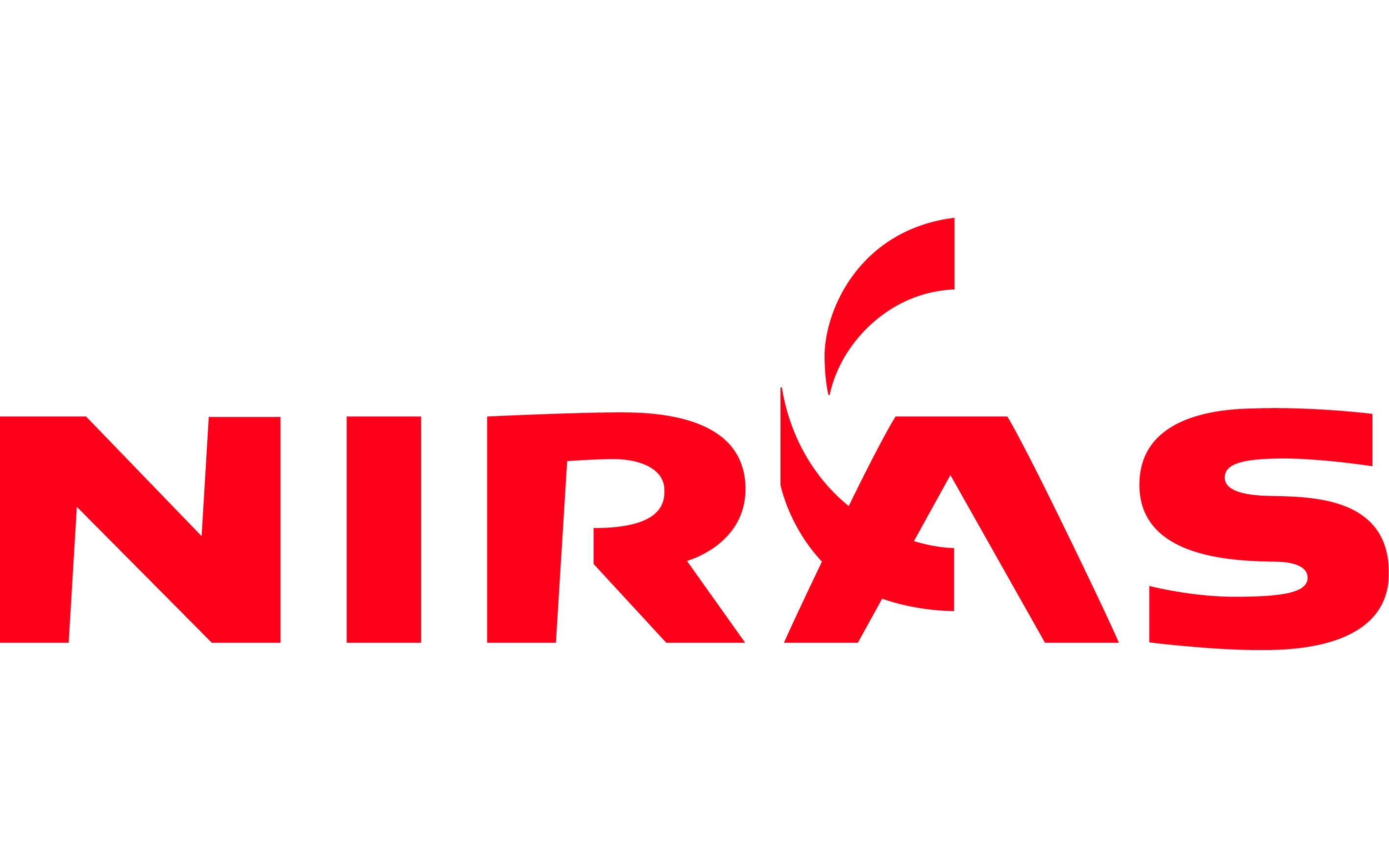









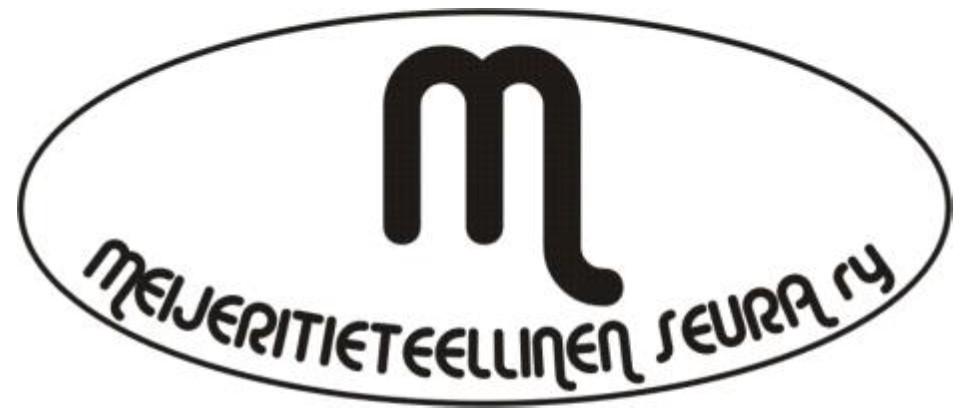
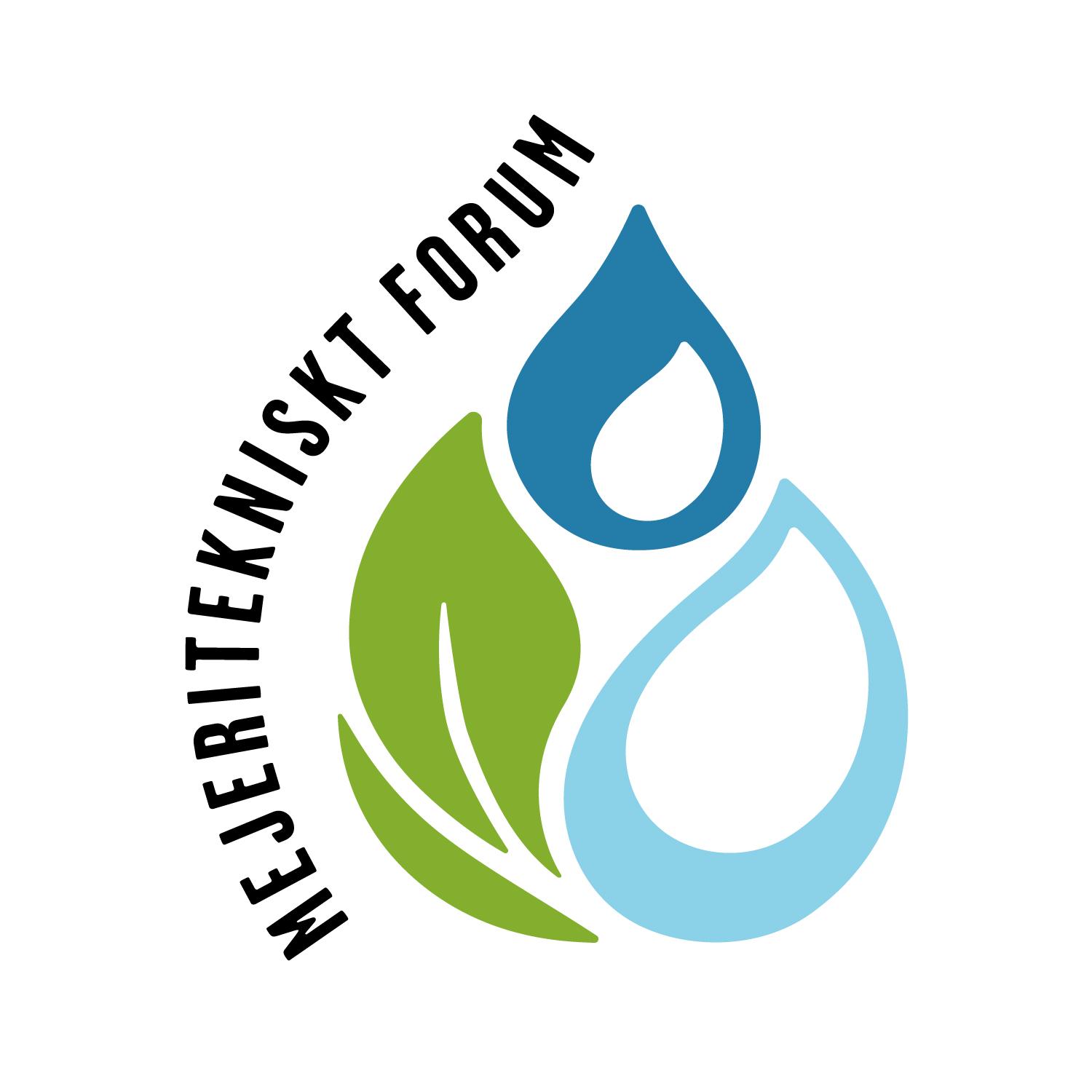

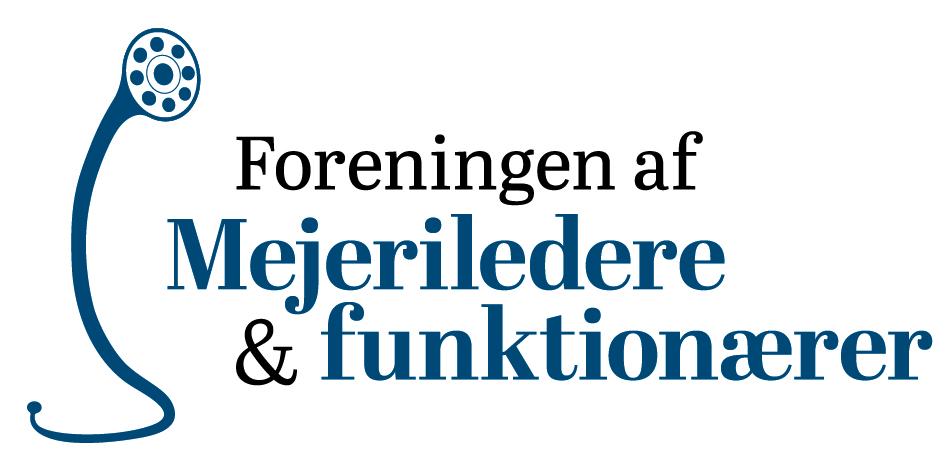



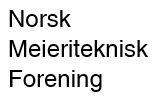
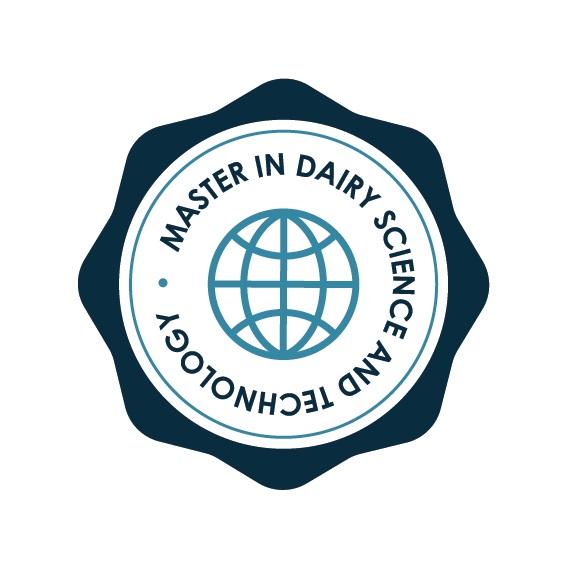


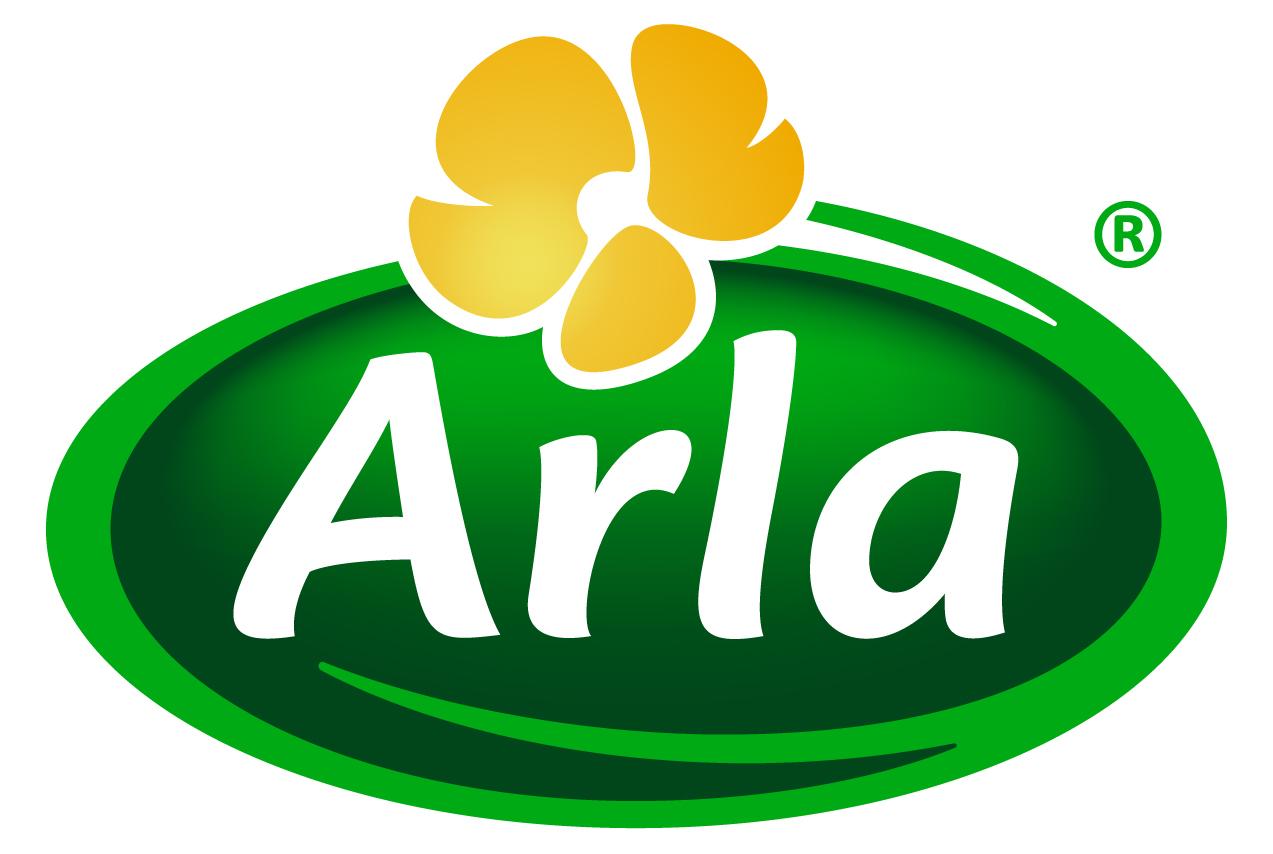

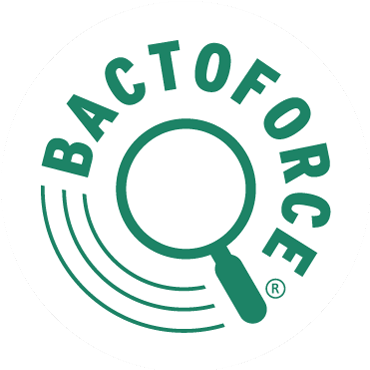

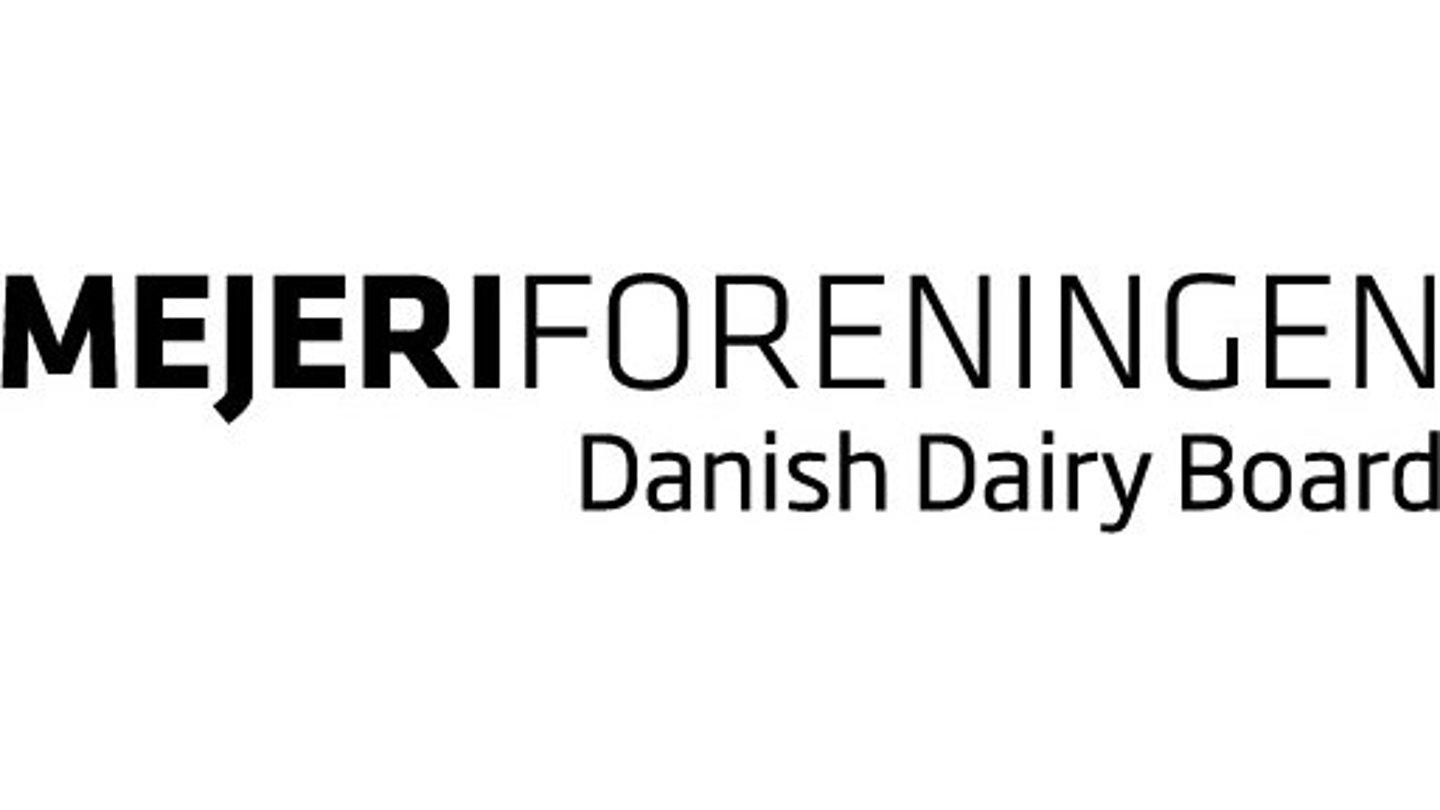
 Munkehatten 28
Munkehatten 28